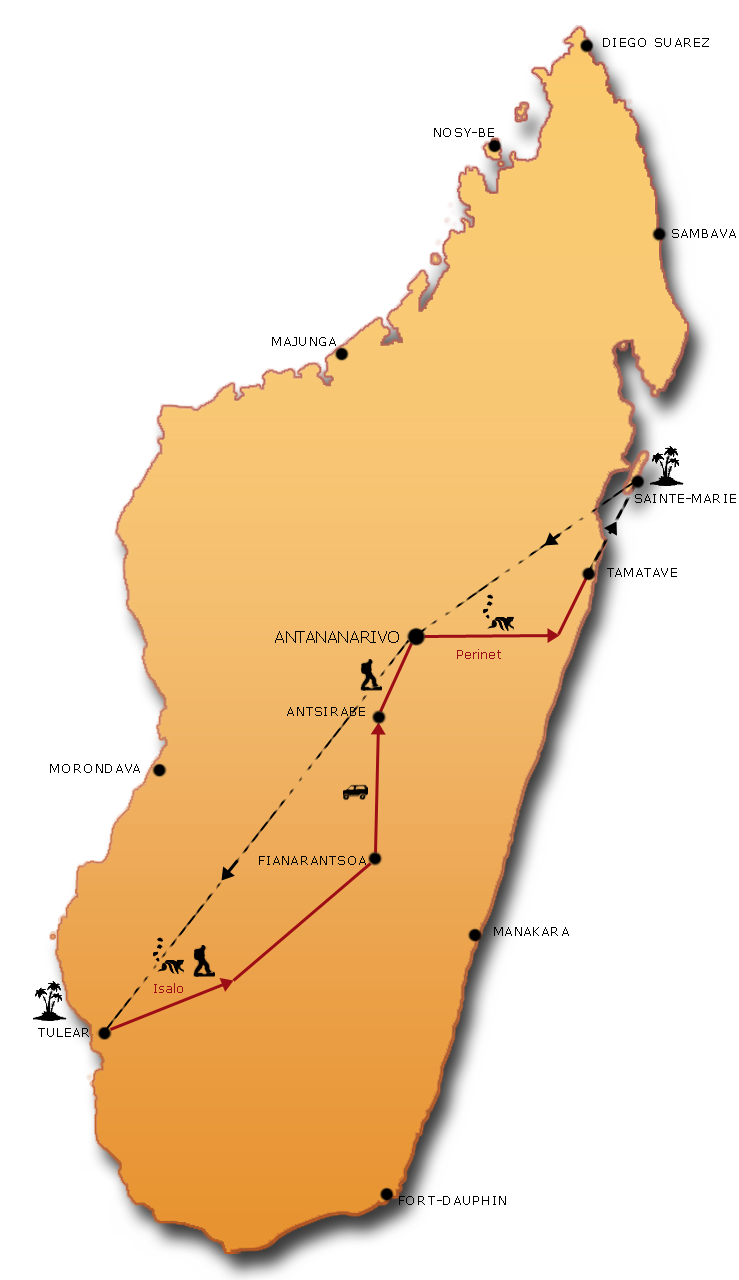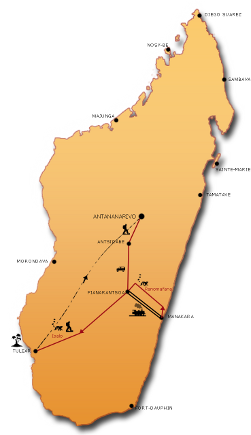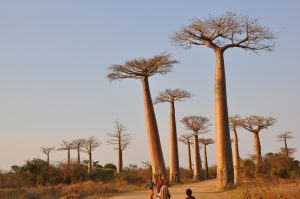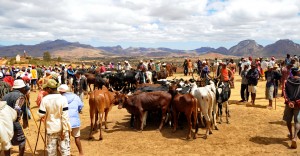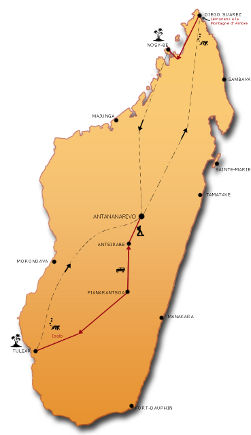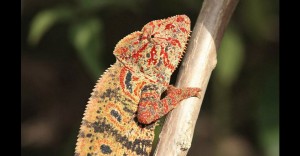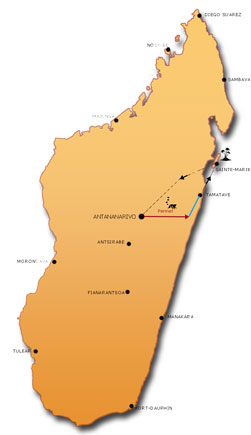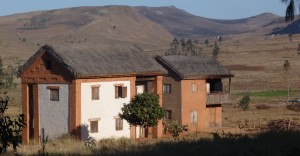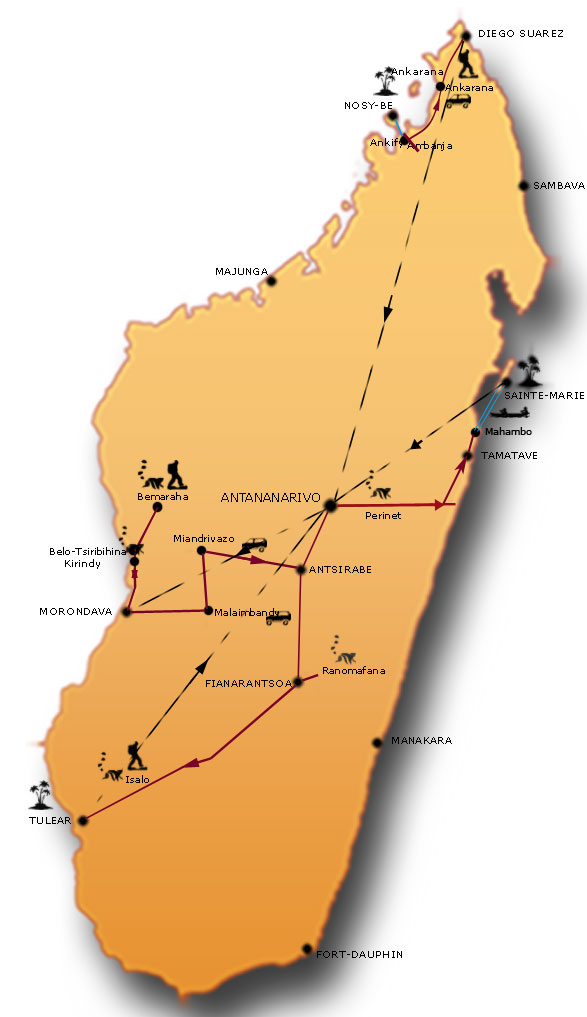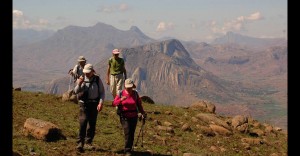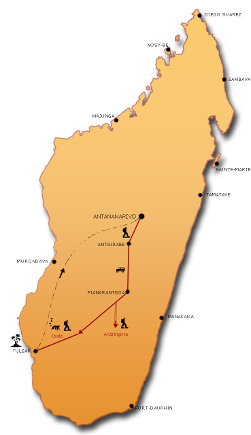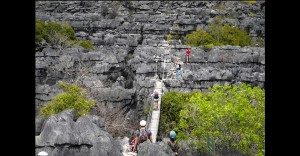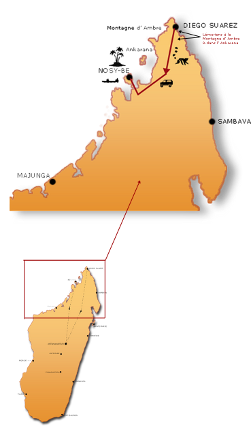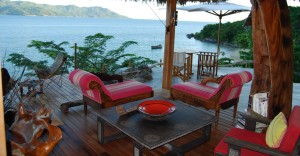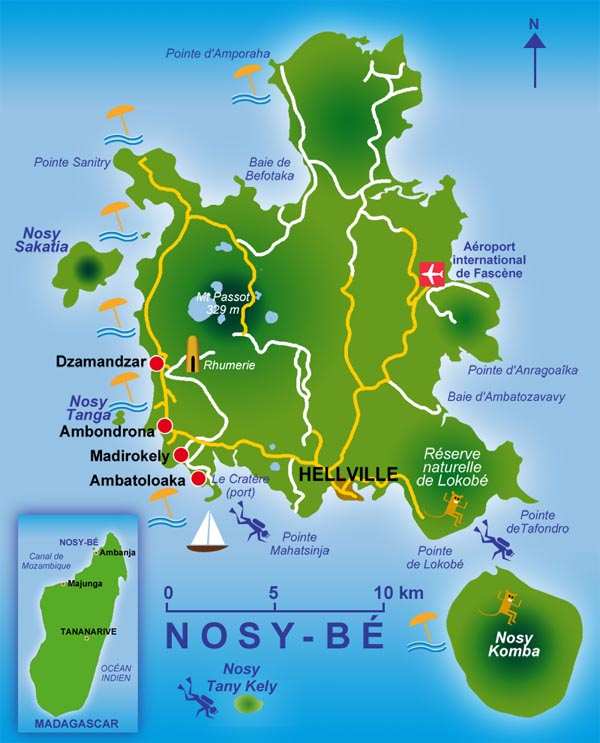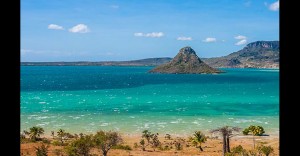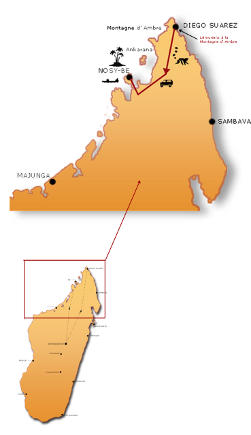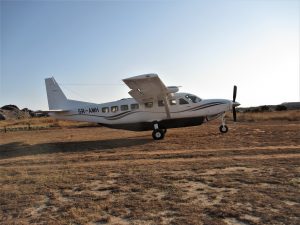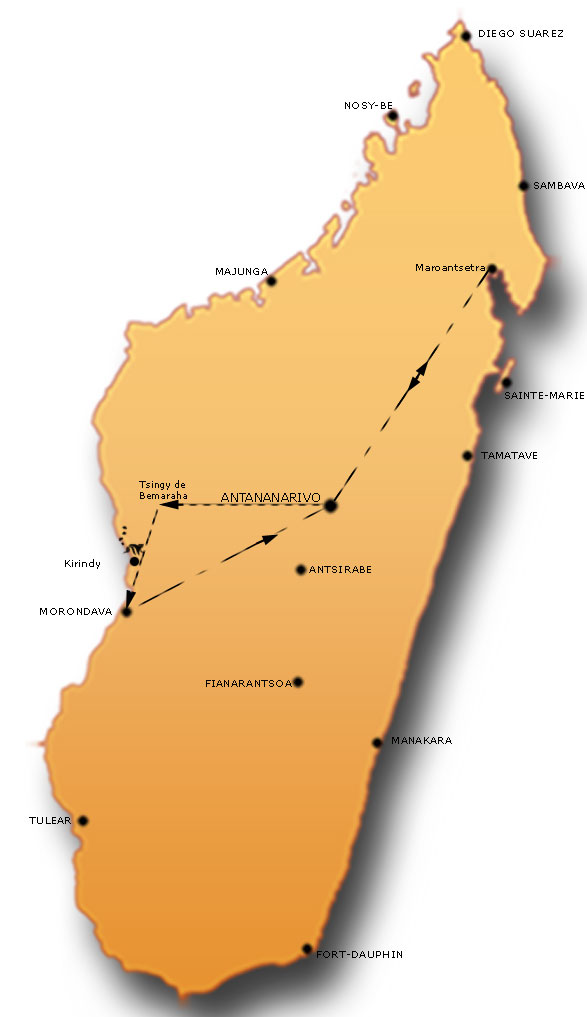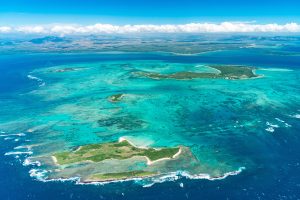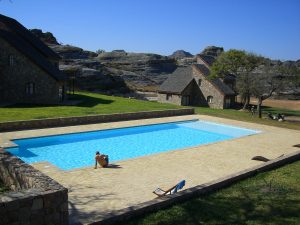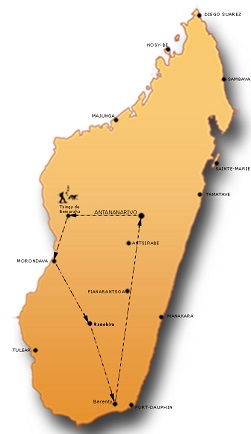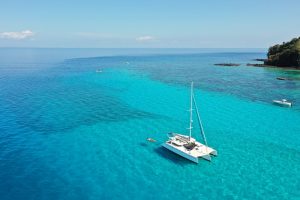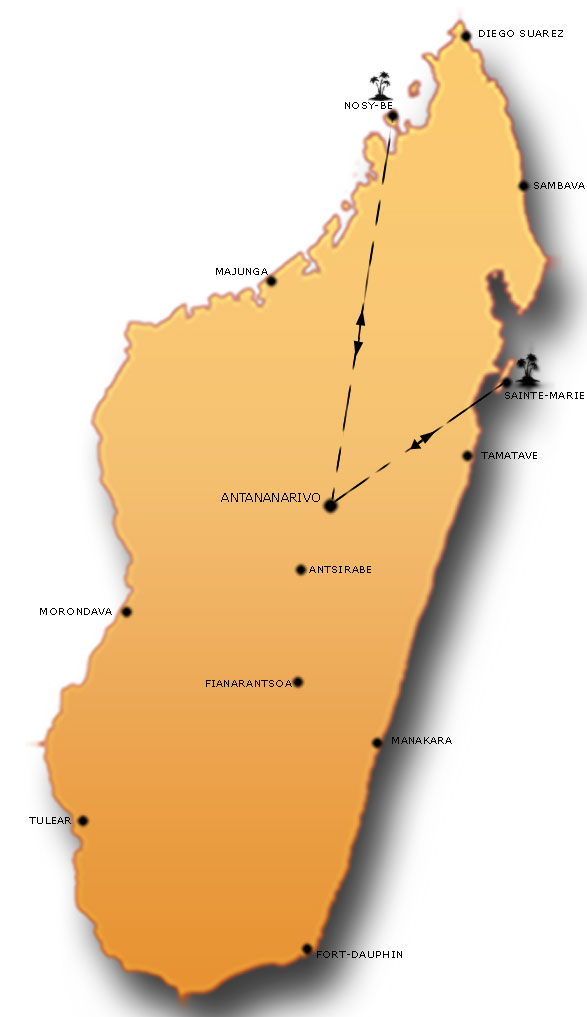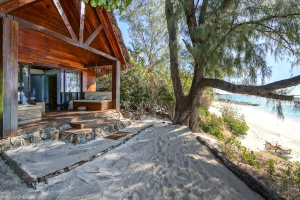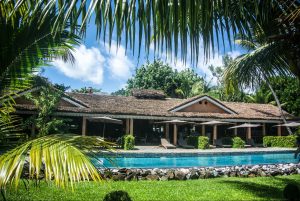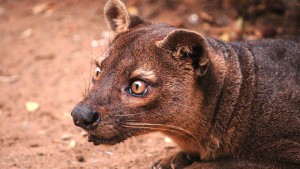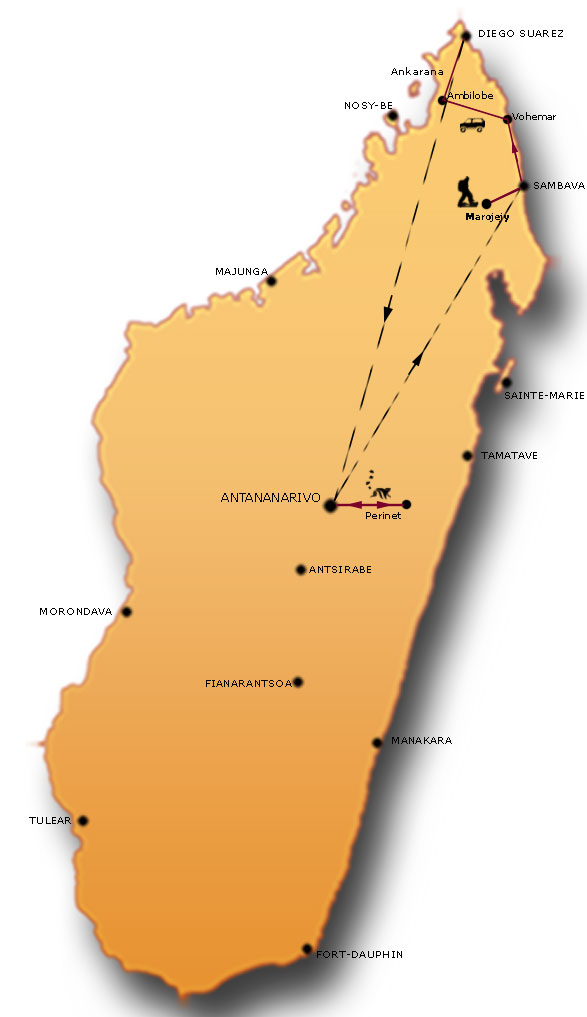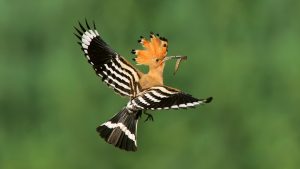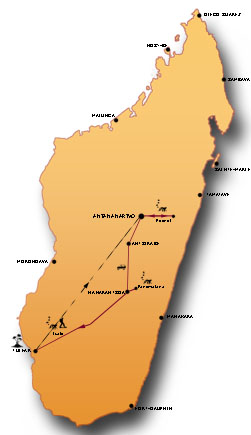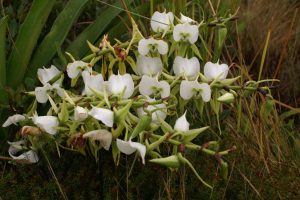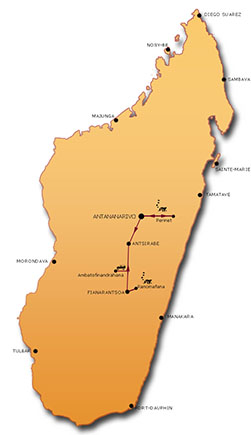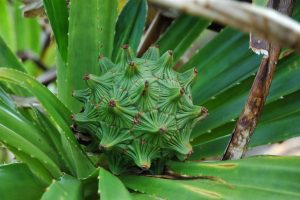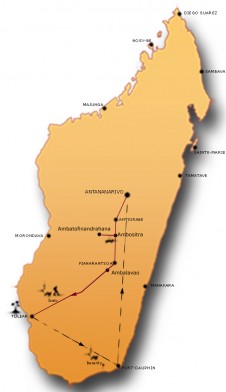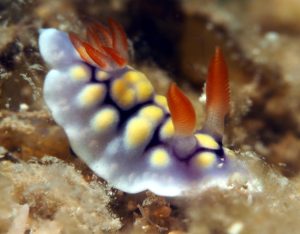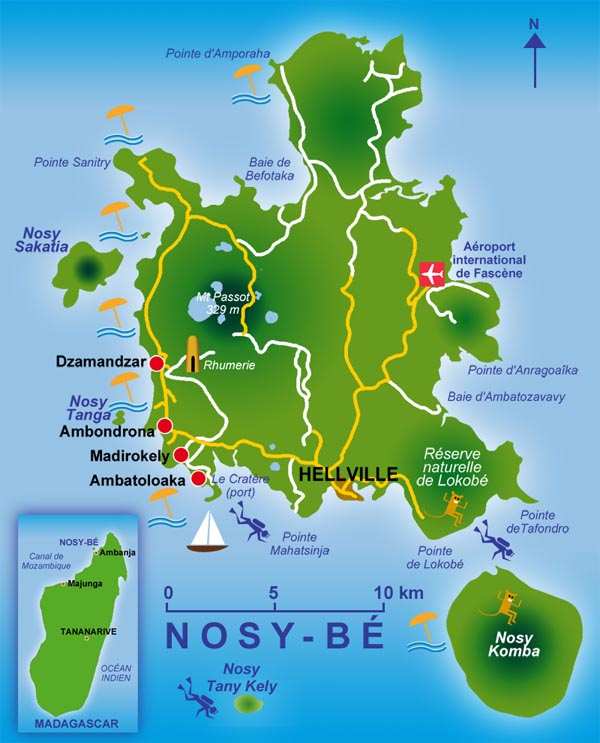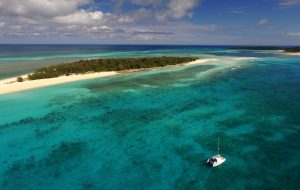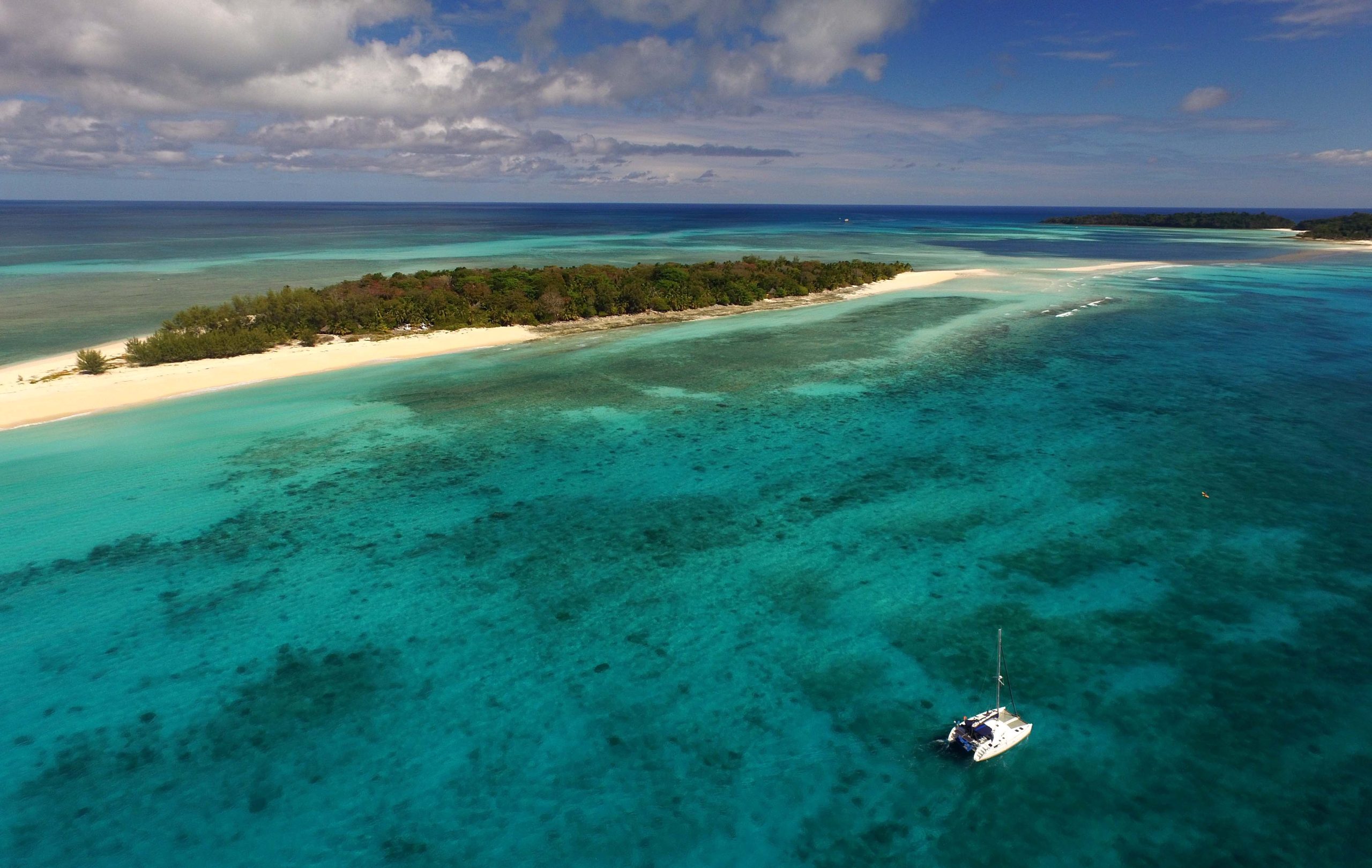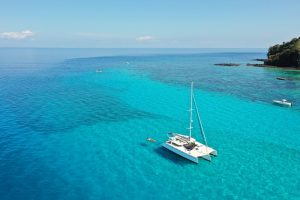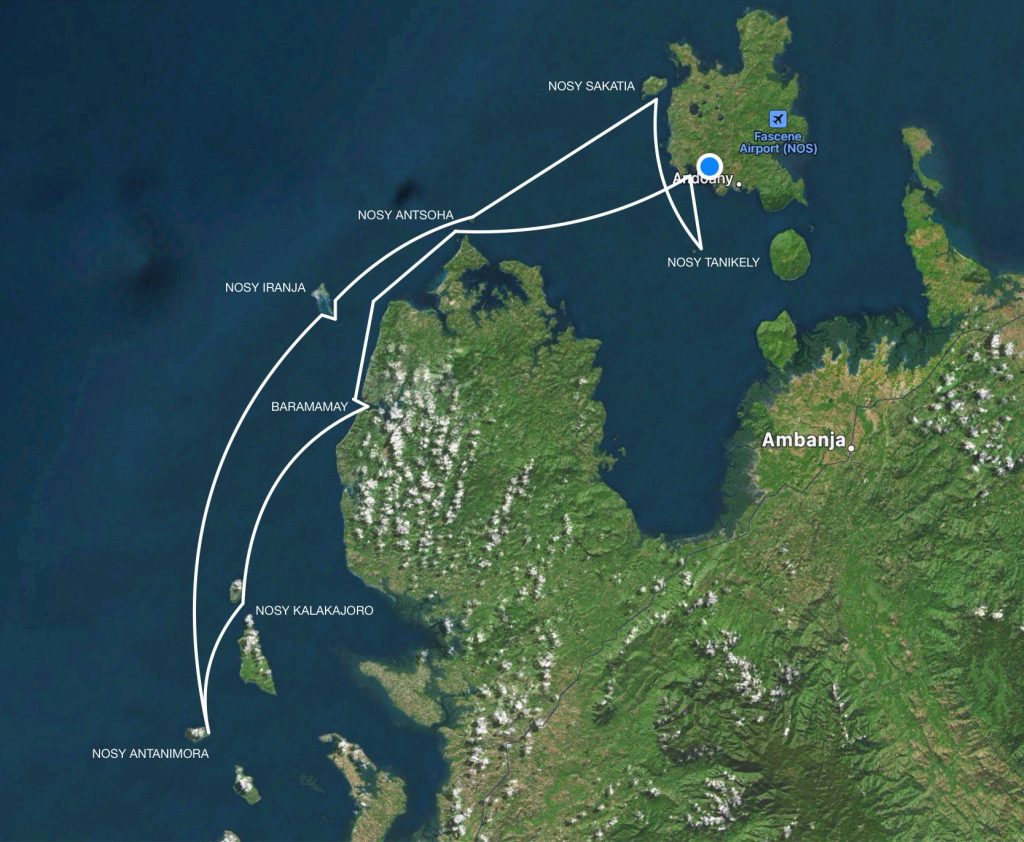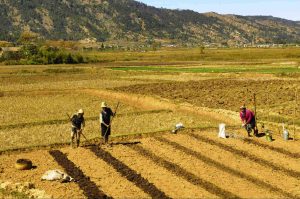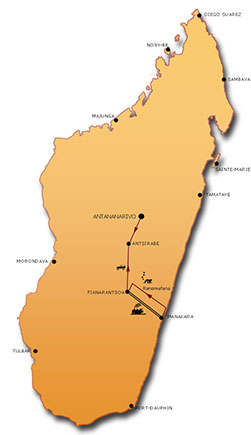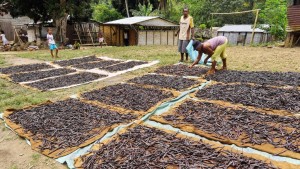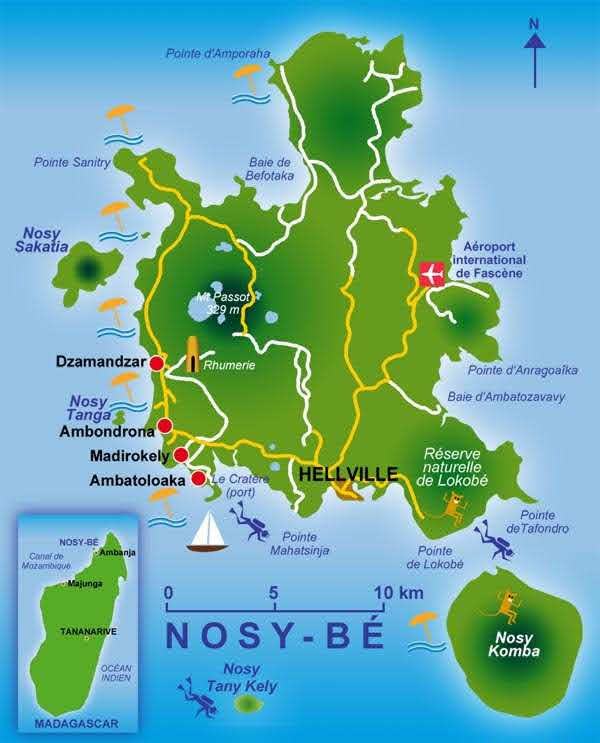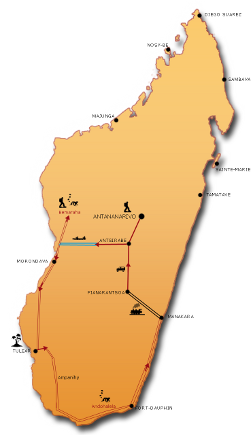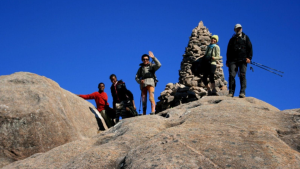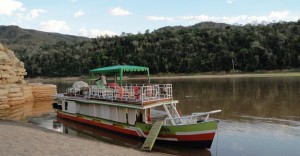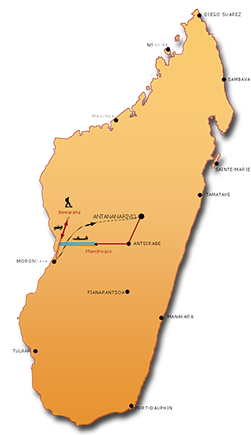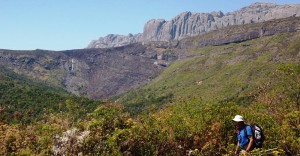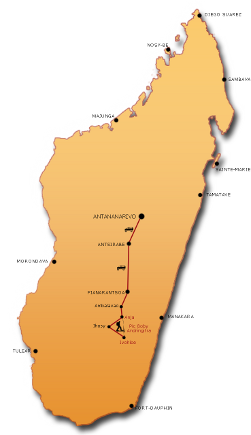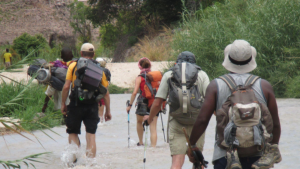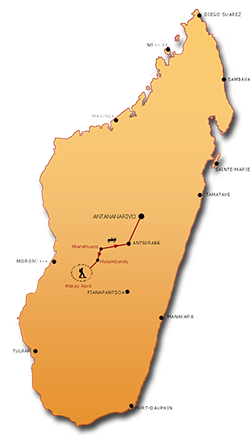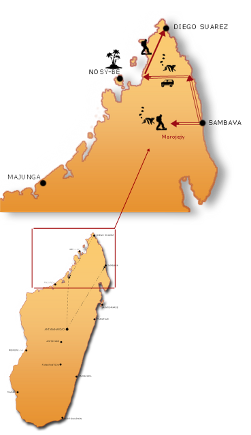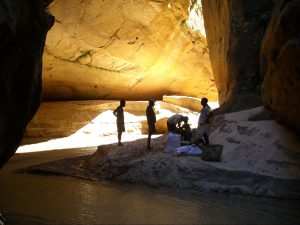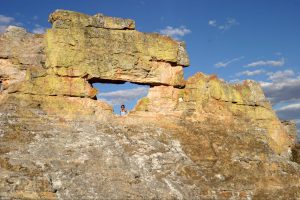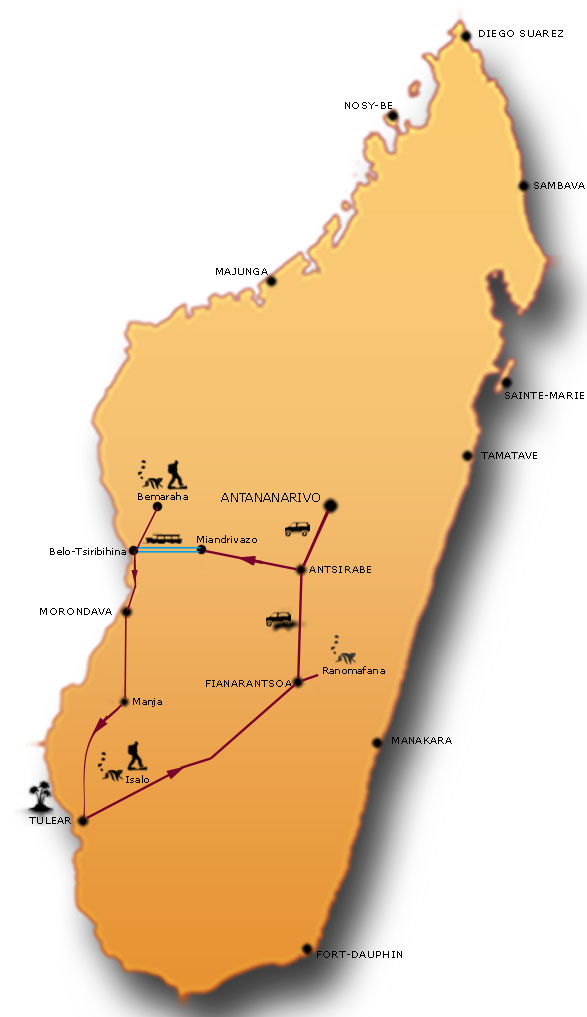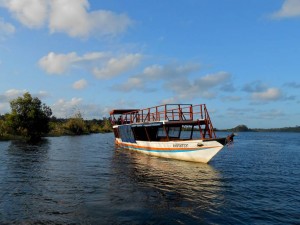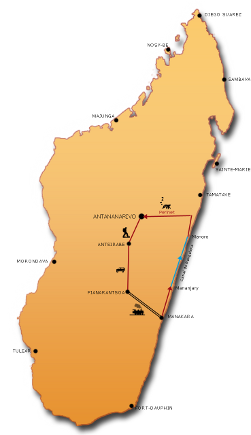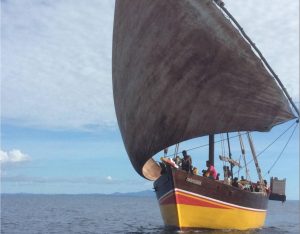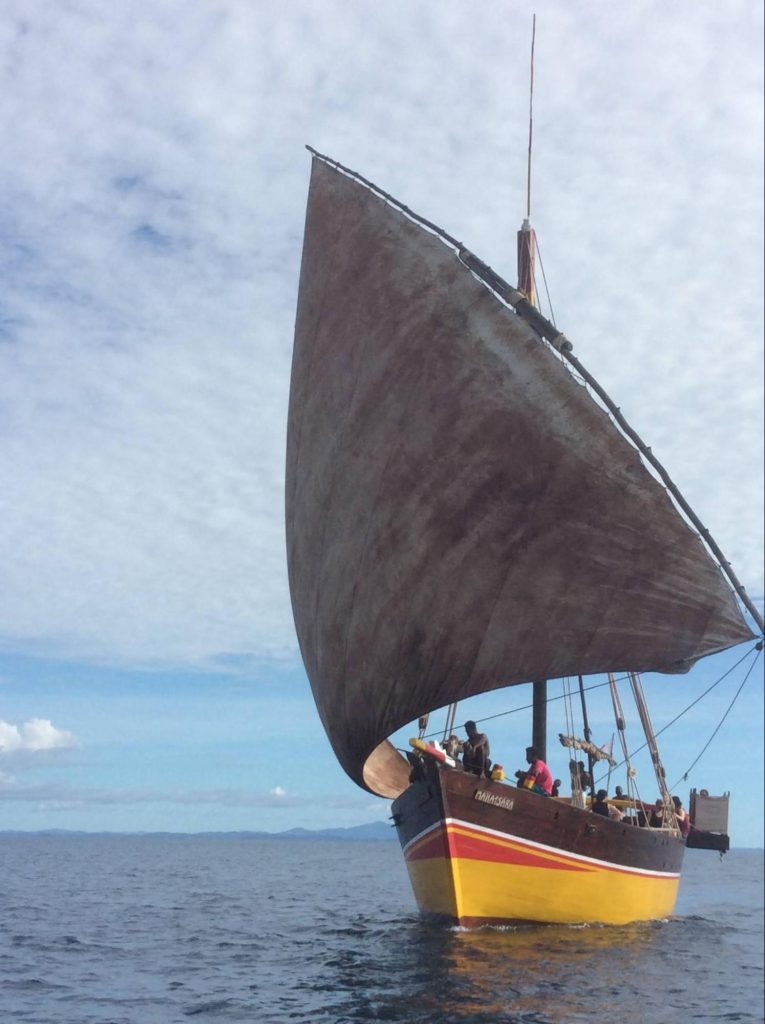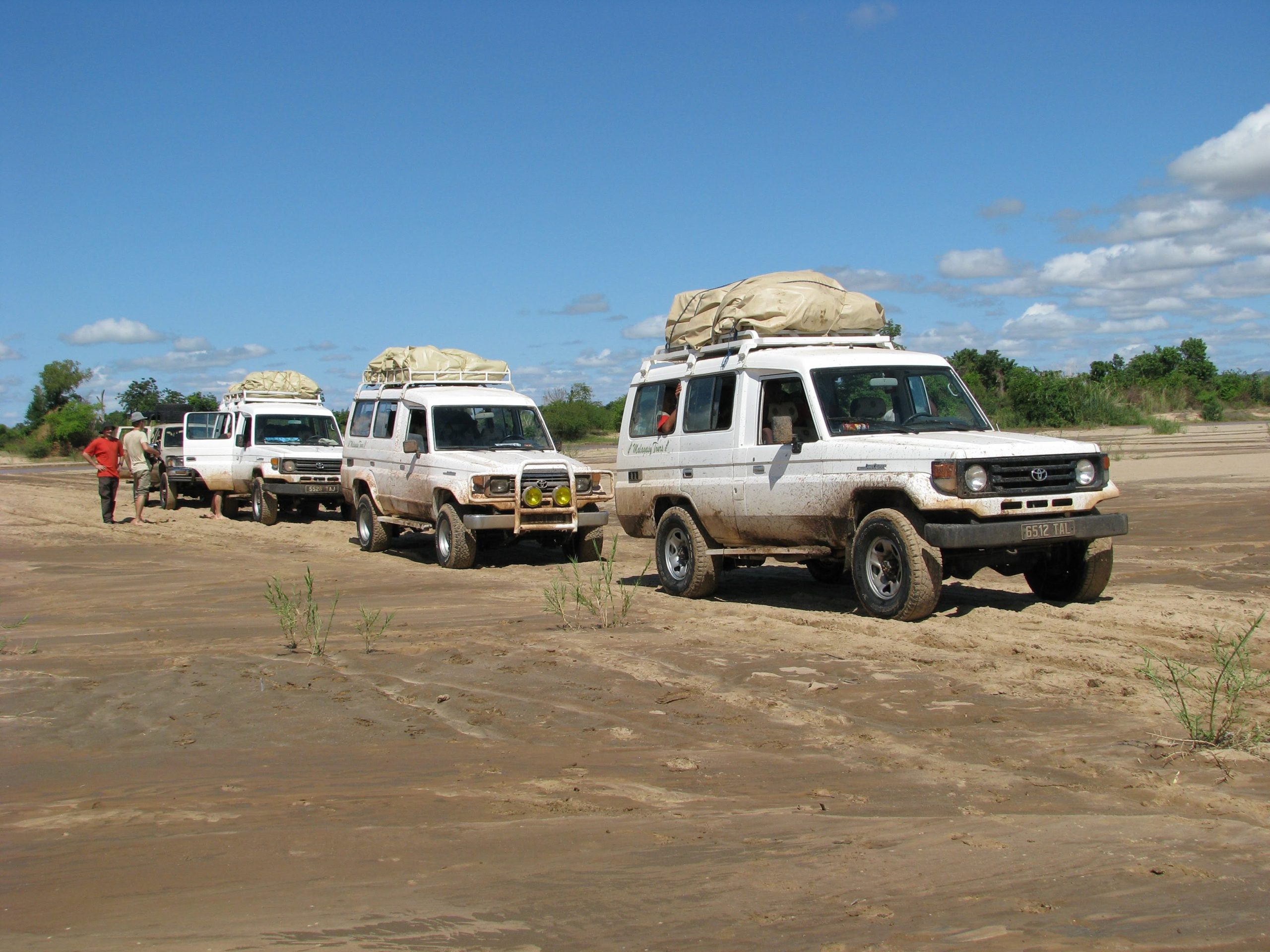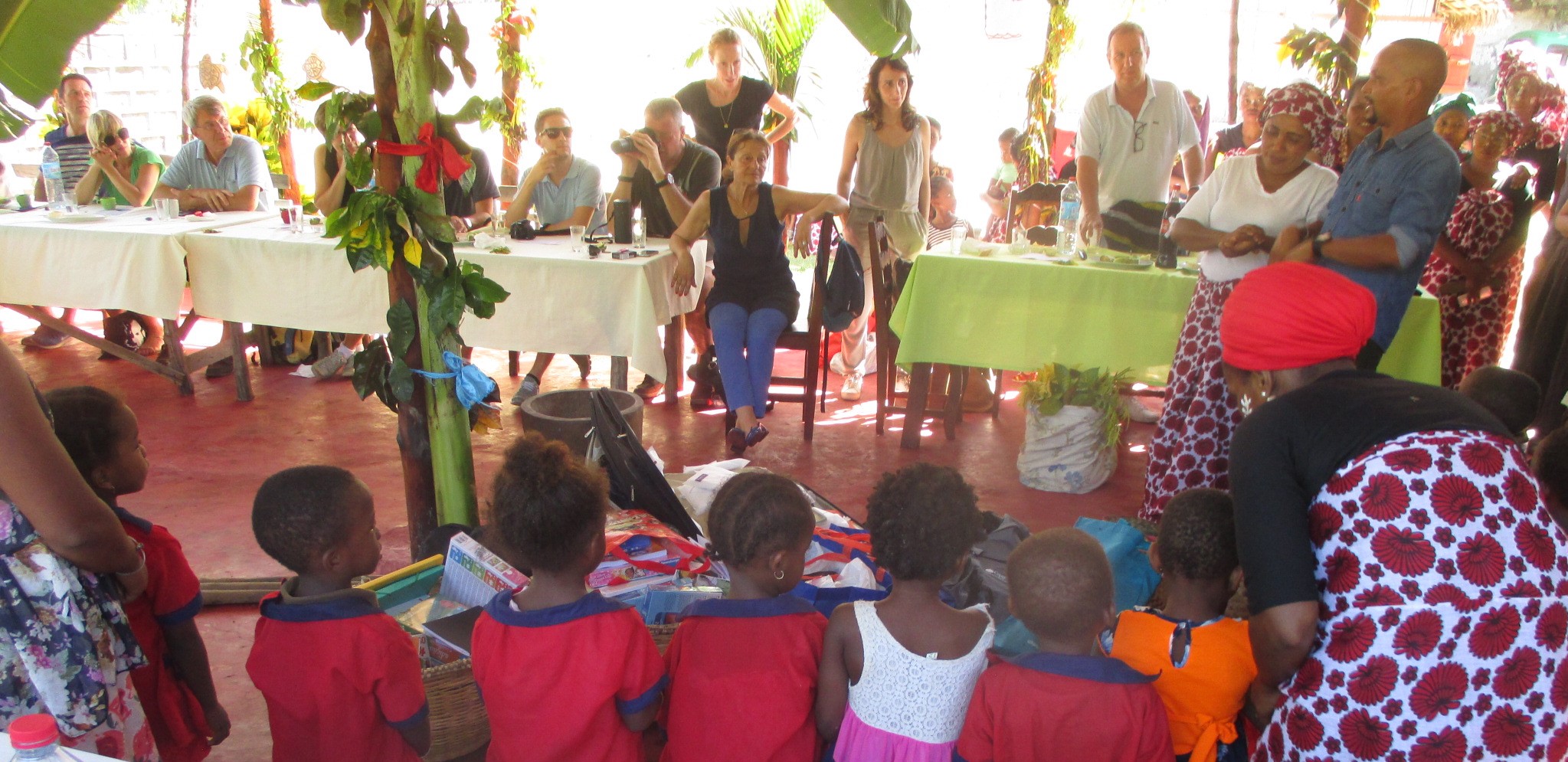
The complex origin of the Malagasy people created various and specific customs. Despite many notions of ethnic and clan configurations, country vehicle a common language and a belief in the power of departed ancestors spread throughout the island. Although traditional belief manifests the existence of one God, omnipresent and omnipotent with the name “Andriamanitra” (The Lord Scented) or that of «Andriananahary» (Lord Creator), but rather to deified ancestors or “Razana” that it will bear his worship.
The cult of the ancestors is a celebration of the «science of the life “, because the deceased’s are holders of power and are defenders of the life on earth, physical as well as spiritual.
Each ancestor retains its individuality and family ties. His power is revealed through “holy orders” that dictate political, cultural, medical organization of the family or community.
Belief considers that some hazards, such as accidents, diseases are the consequences of a breach of ancestor worship. This is justice inflicted by them for violating a “fady” (taboo), for example.
Every great occasion marking the life (building a house or a dugout, marriage, etc.), “Razana” will be consulted, invoked.
Animals (chickens, zebu) or food (rum, honey, etc…) will then be offered in sacrifice or on libations. To cite how this practice is deeply rooted in all social strata, the maiden flight of a Boeing 747 from Air Madagascar national company in 1979 led to a sacrifice of zebu to ensure long life the aircraft and its passengers.
Off course, the forms that these ceremonies can take differ according to regions and we shall quote only some of these practices.
The death
The death, for the Malagasy traditional religion, marks the passage of human being’s rank towards the upper rank of Razana (ancestor). The latter, will dominate from another world, the new generations, which will be afraid of him and will honour him in their turn. Three important ceremonies accompany the death.
Off course, the forms that these ceremonies can take differ according to regions and we shall quote only some of these practices.
Funeral
Rites observed in the Imerina country
After the deceased has been washed, dressed and wrapped in a “Lamba Mena” (shroud piece of silk fabrics) he may be exposed for some time to relatives. Then the deceased is placed in a coffin and carried to the grave. Sometimes this transport is the opportunity of an ultimate tour on the own lands of the dead.
Rites observed in countries Mahafaly and Antandroy
The coffin is violently shaken in all directions by the team of porters, who carry a jerky dance while women clap their hands and other men brandishing their spears. Once the deceased brought to his tomb and buried, a monument to his memory is raised there. The sacrifice of one or more zebu accompanies the ceremony which can take place over several days with evening wakes accompanied by songs and dances.
The celebration will end with a feast during which the meat will be shared between all the guests. The importance of the celebration is associated with the wealth of the deceased and it is sometimes a herd of several tens or hundreds of heads that will be the object of sacrifice.
Some tombs decorated with hundreds of pairs of horns reflect the importance and wealth of the deceased.
The Famadihana (exhumation ceremony)
There are several circumstances in the practice of “Famadihana.” The first one found its context when the deceased could not be buried in the family tomb at the time of death. The second circumstance is imperative to every deceased in the Malagasy traditional religious conception, because the alive have to honour their ancestors. It is believed that the ancestor is cold and thus needs a new shroud.
The ceremony of the “Famadihana” is set in principle several years after death.
The “Mpanandro” (astrologer) determines the date and time. The body was then exhumed and wrapped in a ”tsihy” mat that will be carried by two men while a group of families, men, women and children began a procession, some singing , others playing a musical instrument. Jokes are exchanged with the people we met and even with death.
Finally, once arrived at the family tomb, the deceased is wrapped in a new “Lamba Mena” (shroud) after being the subject of special attention again (Anointing of honey, gift of tobacco, rice or alcohol ). Then before he reinstates his house, the custom wants that we make him do seven times the tour of the grave.
The entire ceremony is performed in an atmosphere of celebration and rejoicing. Music, songs and rhythms mingle with the sacrifice of a zebu and sharing his meat. A speech in memory of the dead and for the living closes the ceremony.





